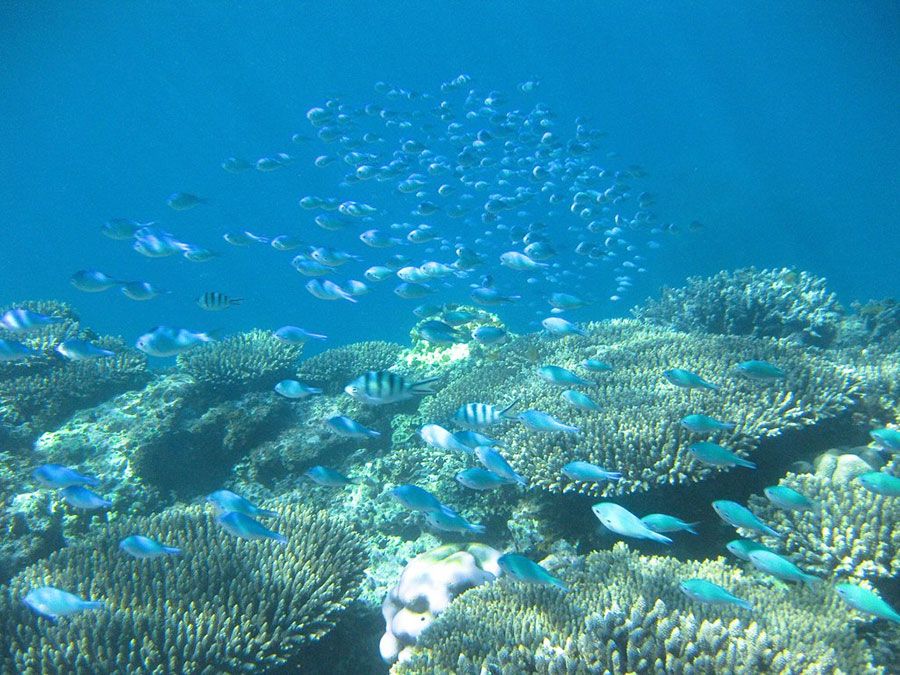Bhutan boasts magnificent mountain scenery, incredible architecture and colorful cultural heritage. Bhutan is an example of extraordinary culture, the striking architecture of its mountain forts, breathtaking views from the cliffs and images of Buddhist religious figures onto the craggy cliffs.
Here’s what you need to know before you travel to Bhutan.
When is the Peak & non-peak tourist periods?
The re are two peak tourist seasons. One in the Spring: March-May and another in the Fall: September – November. The months March, April, October and November are especially busy. As always when you are booking a flight, consider booking flight tickets at least 3 months ahead.
If you want to avoid the crowd of the peak tourist period, we suggest considering traveling during the non-peak period.
During the peak tourist seasons, the daily travel fee costs US$250 per day, when for the non-peak season is US$200 per day. If you want to travel to Bhutan but have a tight(er) budget, plan your trip during the off-peak months.
The minimum daily fee is:
- $250 per person per day from March – May, and September – November
- $200 per person per day from December – February, and June – August
If you’re traveling solo or in a private tour with only two people, you can expect to pay another another $40/$30 per day, per person.
Note:Indians, Bangladeshis, and Maldivians are not required to pay this daily fee. There are also some discounts available, primarily for students and children ages 5 – 12. For more details check the Tourism Council’s website.
Traffic incidents
Unfortunately, car accidents are very common in Bhutan. Some tips you can use to avoid any injuries is always to wear a seatbelt and avoid driving at night. There are many blind corners in the mountainous roads.
Never leave valuables inside the vehicle when parking near tourist sites or villages.
The seasons
The best months with optimum weather are April, May, September and October. The rainy season in Bhutan is from July – August and during this time, light rain daily is typical.
In the Winter is you can catch the endangered black-necked crane. The summer is a great time for mushroom picking -there’s a Matsutake Mushroom Festival.
Cellular and Internet Connections
There are two mobile network providers in Bhutan: B-Mobile SIM and TashiCell, offering 2G and 3G connectivity. Your local guide can help you purchase a SIM. Make sure your phone is unlocked. Most of the hotels in the major cities offer WiFi.
ATMs and Cash in Bhutan
Tours are prepaid so you’ll only need money for drinks, laundry, souvenirs, and tips; for this, bring cash as ATMs are not always reliable.
ATMs are located within all main towns throughout Bhutan, where money can be withdrawn using a Visa or MasterCard. There are three banks that accept foreign credit cards Bank of Bhutan, Bhutan National Bank and Druk Punjab National Bank. There are fees if you are using your Visa or MasterCard.
The ATMs do not always work and if they do, one is usually only able to withdraw small amounts, foreign currencies can be exchanged for Nu when you arrive.
No tobacco
Bhutan is the only country in the world that has banned the consumption and sale of tobacco, smoking is largely prohibited in public places. But you can bring your own cigarettes.
Tipping
Unlike Western countries, here you are not required to tip in restaurants and hotels, but you have to tip your guide.
Taking photos
Check first with your guide whether it is permitted before taking photos/filming inside Dzongs, monasteries, temples.
Guided Tours Only
You can only travel to Bhutan through a guided tour. There are only a few nations that can travel Bhutan without the guide restriction (as a tourist) are nationals from India, Maldives, and Bangladesh.
Flying
The country has only one international airport, located in Paro. Both landing and takeoff must be completed manually, and only eight pilots in the world are certified to land and takeoff from Paro International Airport.
There are currently only two airlines flying to Paro Airport – Druk Air, the national airlines and the privately-owned Bhutan Airlines.
Want to learn more about Bhutan? Check our other posts about Bhutan.
















